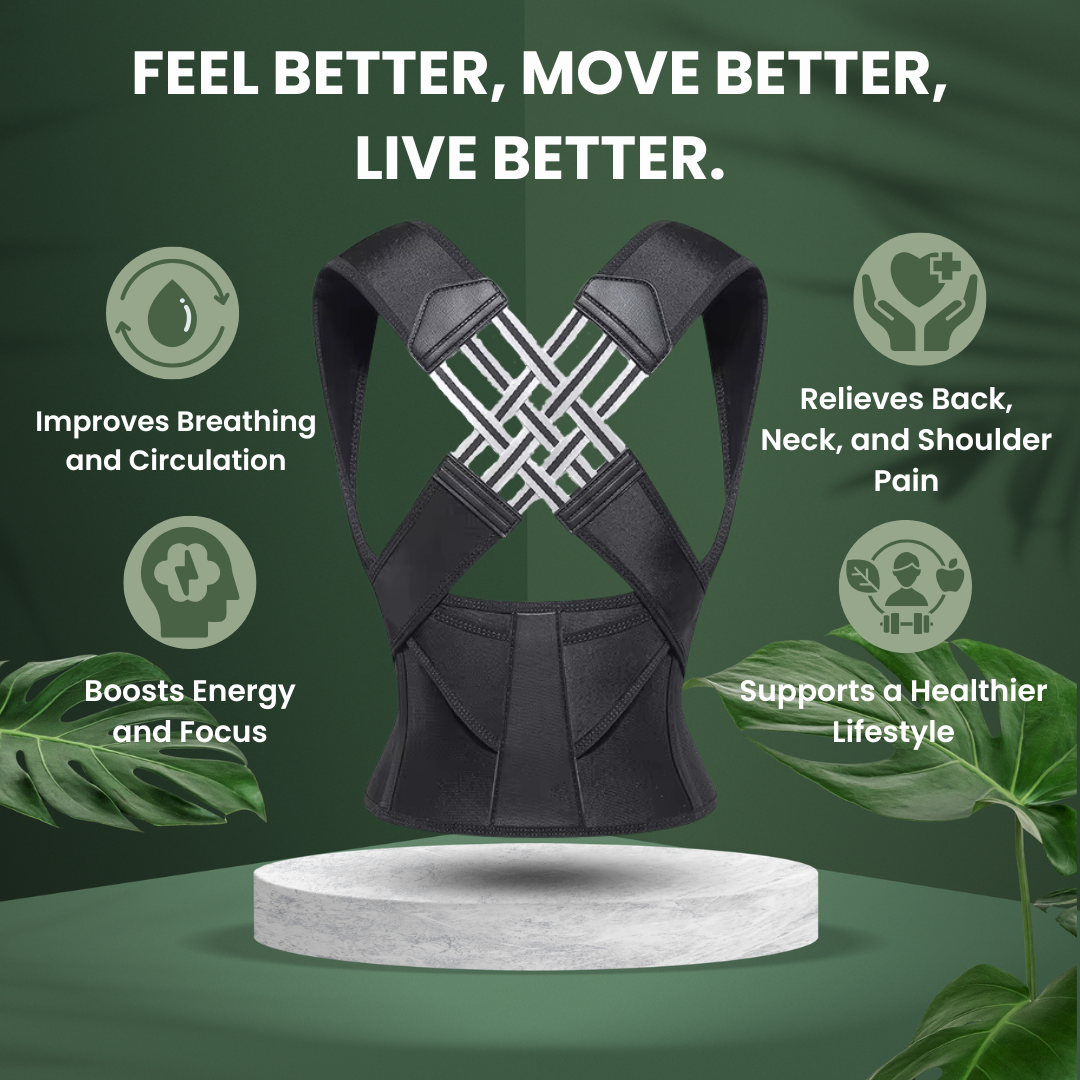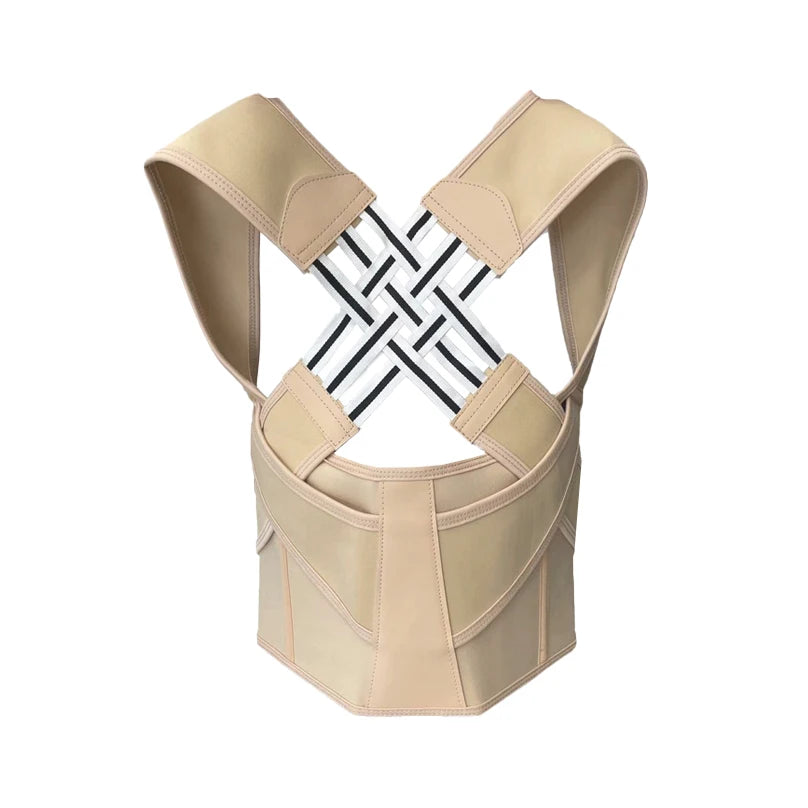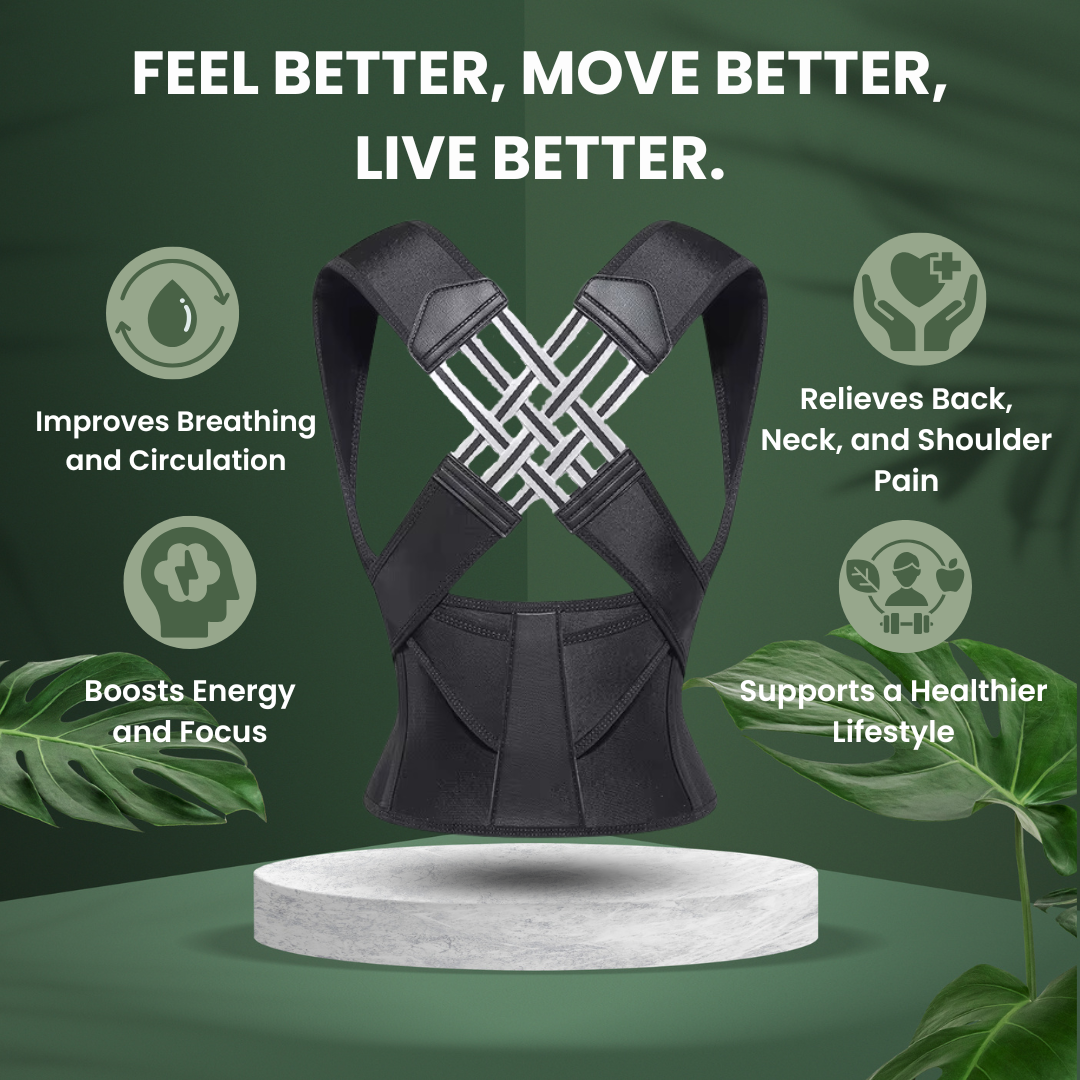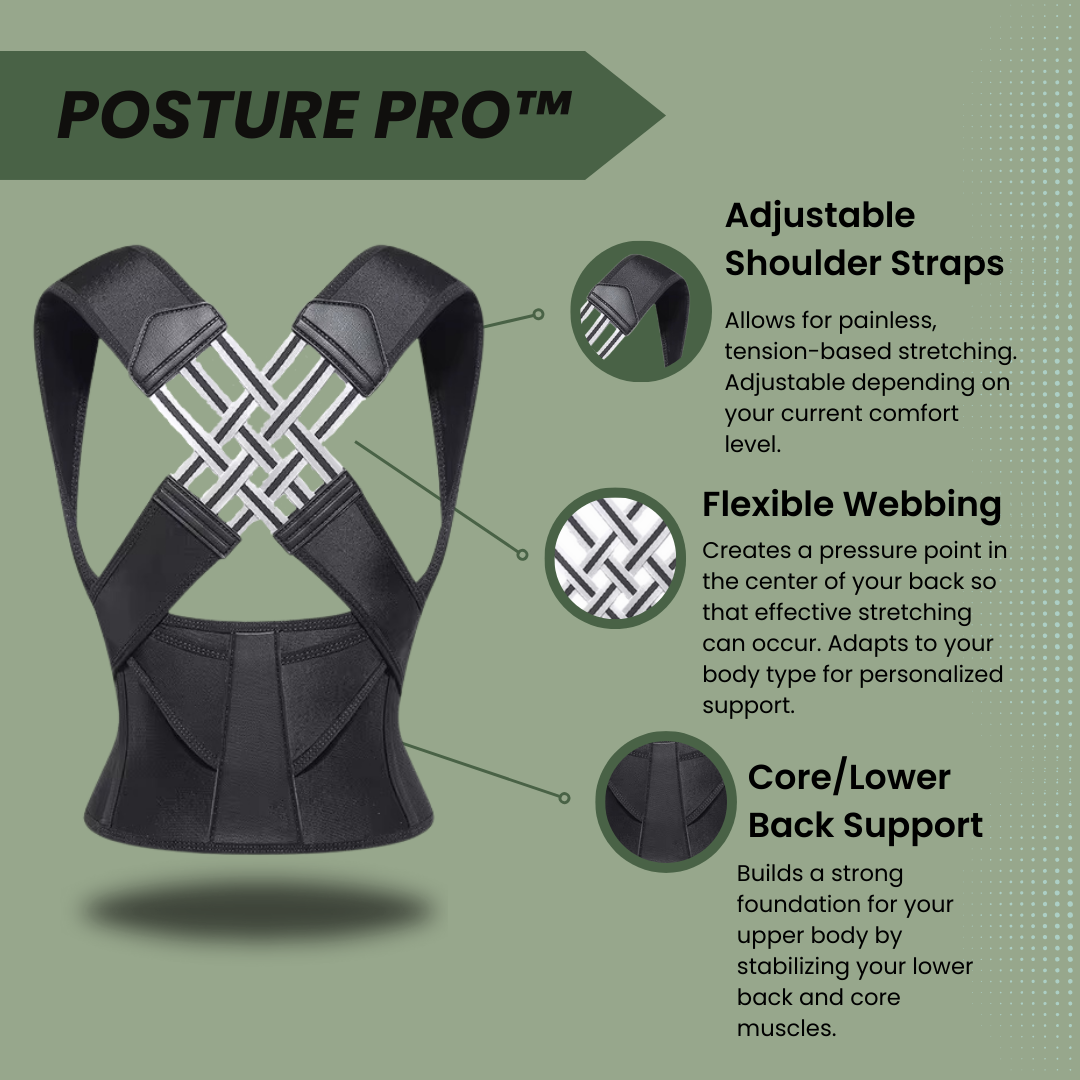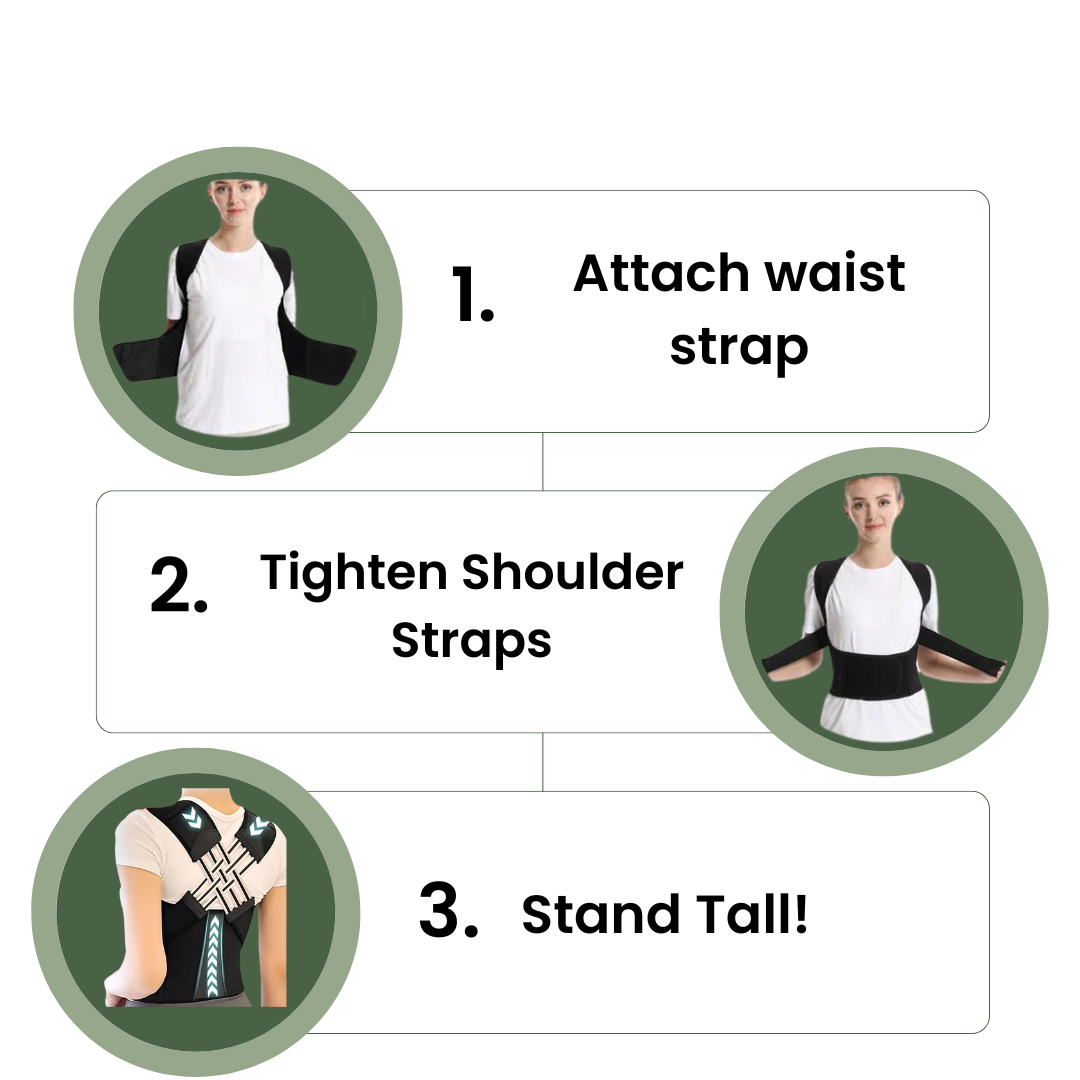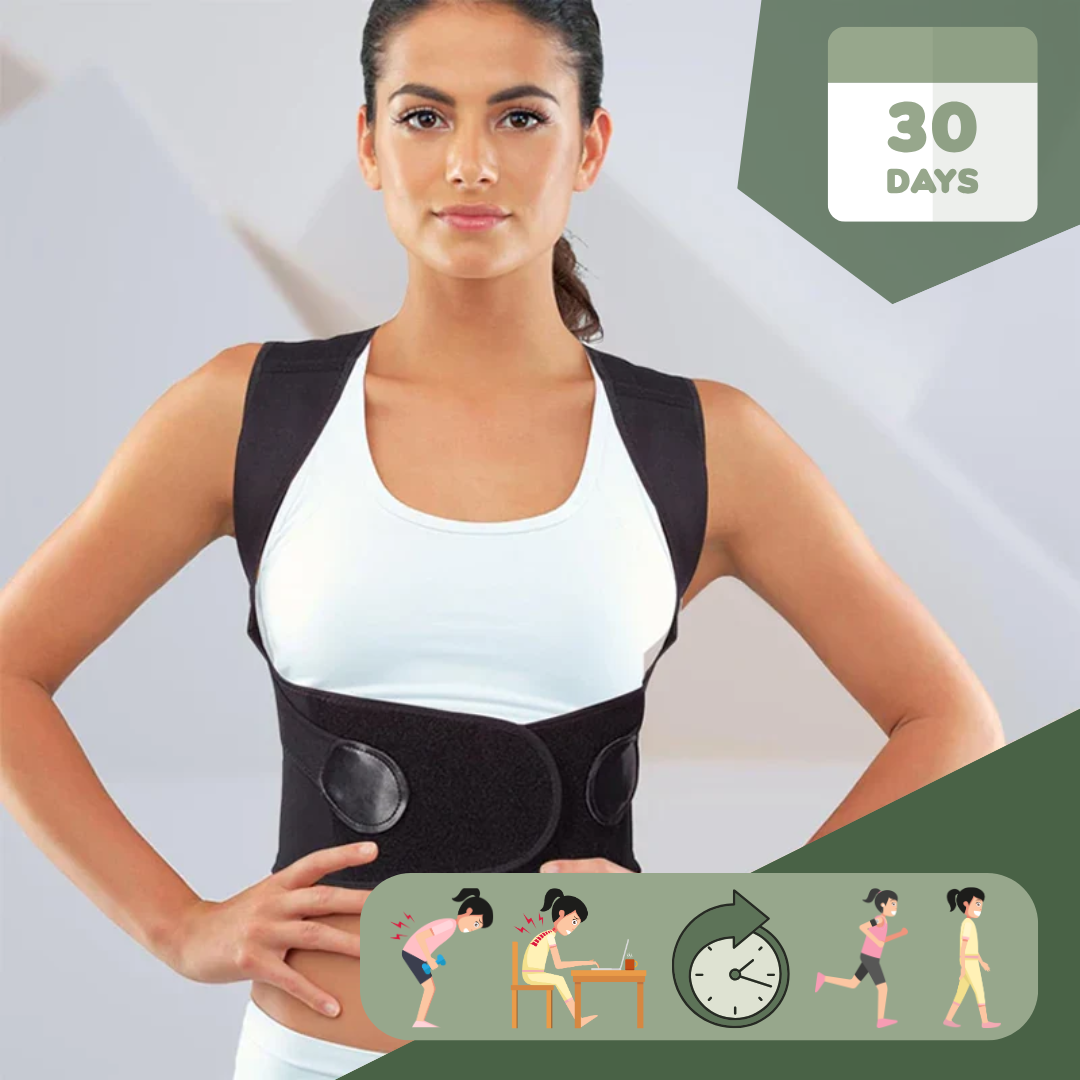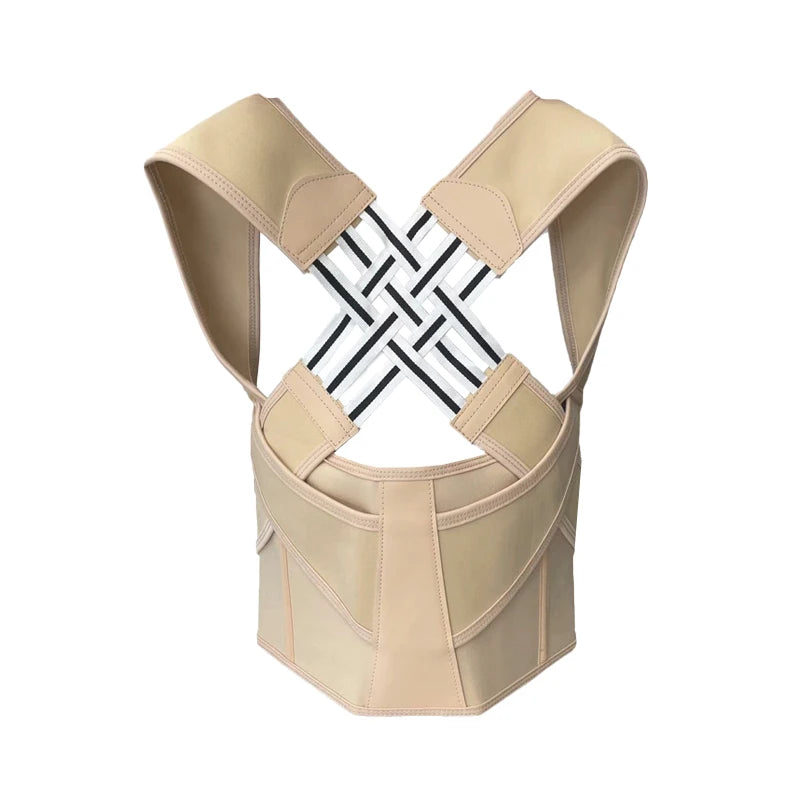Many people struggle to become more flexible. Static stretching exercises for flexibility offer a proven solution. This blog will guide you through how these exercises can enhance your flexibility, posture, and overall well-being.
Stay tuned!
Key Takeaways
- Static stretching increases flexibility by lengthening muscles and tendons, leading to improved posture and reduced risk of injuries. It particularly enhances the range of motion, making daily activities easier.
- Incorporating static stretches both before and after workouts promotes muscle recovery, decreases stiffness and pain, and improves blood flow. Despite popular belief, static stretching is recommended after dynamic stretches for optimal performance during physical activities.
- Exercises like lunges with spinal twists, forward folds, toes on wall calf stretches, standing quad stretches, and reclined spinal twists are top choices for boosting flexibility. Regular practice of these exercises contributes significantly to overall well-being by enhancing muscle strength and reducing stress levels in the body.
Types of Stretching Exercises
Stretching exercises fall into two main categories: static and dynamic stretching. Static stretches involve holding a position to lengthen muscles, while dynamic stretches focus on movement and muscle activation.
Static stretching
Static stretching involves holding a specific position to lengthen muscles and tendons. This practice increases flexibility and enhances the range of motion. Greater flexibility leads to improved posture and helps prevent injuries.
Static stretches can also decrease pain and stiffness in the body.
Incorporating static stretching into your exercise plan boosts muscle recovery as well. More repetitions during each session yield larger gains in strength. Focus on using these techniques correctly for optimal results.
Include exercises like the forward fold or standing quad stretch in your daily stretching routine for better joint flexibility.
Flexibility benefits come from consistent practice of static stretches.
Dynamic stretching
Dynamic stretching involves moving through a full range of motion. This approach prepares the body for activity by warming up muscles and increasing flexibility. It focuses on movement, unlike static stretching, which holds positions for longer periods.
Dynamic stretches are ideal before workouts or sports activities. They help activate muscles and improve blood flow.
These stretches enhance overall performance without risking injuries linked to static stretching done prior to exercise. Incorporating dynamic stretching into your routine can lead to better muscle flexibility and increased range of motion during workouts.
Flexibility training gains from this method can significantly benefit athletes and active individuals alike.
Benefits of Static Stretching for Flexibility

Static stretching significantly boosts flexibility by increasing your range of motion. It also helps improve posture, making everyday activities easier and reducing the risk of injuries.
Increased range of motion
Static stretching exercises significantly increase your range of motion. They lengthen soft tissue like muscles and tendons. Greater flexibility allows for easier movement in daily activities and workouts.
Improved range of motion also helps decrease pain and stiffness in the body. This reduction leads to better posture improvement over time. Enhanced flexibility contributes to decreased risk of injury during various activities, including sports.
Incorporate these stretching techniques into your routine for maximum benefits. Frequent static stretches can enhance muscle strength while improving overall flexibility. Flexibility drills not only boost performance but also aid in recovery after exercise sessions.
Prioritizing static stretching in your fitness regimen is vital for long-term health and efficiency in movement.
Improved posture
Static stretching exercises improve posture by lengthening soft tissue, including muscles and tendons. Good posture prevents strain on your body. It can help reduce pain and stiffness in the back and neck.
Increased flexibility from these exercises promotes better alignment of the spine. Maintaining proper posture enhances your overall appearance and confidence.
Flexibility improvement exercises like static stretches also contribute to healthier movement patterns. This results in a lower risk of injury during daily activities or workouts. Improved posture encourages efficient breathing as well, allowing for better oxygen flow throughout the body.
Regularly incorporating flexibility workouts into your routine can lead to significant benefits over time, especially with consistent practice in stretching routines aimed at enhancing range of motion.
Prevention of injuries
Static stretching exercises help prevent injuries by improving flexibility and range of motion. Increased flexibility allows your muscles and joints to move more freely, which decreases the risk of strains or sprains.
Regularly practicing these stretches can also reduce pain and stiffness in the body. As you improve your flexibility through a dedicated stretching program, you lower the likelihood of injury during workouts.
Performing static stretches consistently enhances your overall fitness routine while offering vital flexibility benefits. Focus on holding each stretch for a longer time to maximize these advantages.
Flexibility improvement exercises like lunges with spinal twists or standing quad stretches are excellent choices for injury prevention. Incorporating them before workouts prepares your body for movement and helps maintain muscle health.
Skipping static stretching may lead to increased stress on muscles, raising the chance of getting hurt during physical activities. Prioritizing these straightforward yet effective flexibility exercises protects against injuries while promoting a healthier lifestyle.
How to Incorporate Static Stretching into Your Routine
Static stretching fits into your routine easily. Perform stretches before and after workouts to boost flexibility and prevent injuries.
Before and after workouts
Static stretching exercises play an important role before and after workouts. They increase flexibility by lengthening soft tissue, such as muscles and tendons. Performing these stretches enhances your range of motion and decreases your risk of injury.
Incorporating static stretches into your routine can also help decrease pain and stiffness in the body.
After a workout, static stretching helps improve posture and promote blood flow. Hold each stretch for a longer amount of time to gain maximum benefits from flexibility improvement exercises.
Greater flexibility comes with regular practice, leading to better overall performance in activities you enjoy.
Daily stretching routine
A daily stretching routine improves flexibility and promotes a healthy body. Incorporating static stretching exercises into your day can lengthen soft tissue, like muscles and tendons.
Hold each stretch for at least 15 to 30 seconds. This practice increases range of motion, reduces pain, and decreases stiffness.
Aim to include stretches before and after workouts or dedicate time each day for these exercises. Consistent repetitions help yield significant gains in muscle strength. Remember, while static stretching enhances flexibility, perform dynamic stretches before sports activities to maintain peak performance and minimize injury risks.
Best Static Stretching Exercises for Flexibility
Static stretching exercises boost flexibility through simple movements. They help improve your range of motion and support greater ease in daily activities.
Lunge with spinal twist
The lunge with spinal twist is an effective static stretching exercise. It helps increase flexibility by lengthening soft tissue, such as muscles and tendons. This stretch improves posture and enhances your range of motion exercises.
You start in a lunge position and then twist your torso toward the front leg. This movement opens up the hips and stretches the spine.
Performing this stretch regularly decreases pain and stiffness in your body. Greater flexibility from this exercise can help lower your risk of injuries during activities. Focus on holding each pose for a longer time to gain maximum benefits from static stretching exercises like this one.
Forward fold
Forward fold stretches the hamstrings and lower back. This stretch increases flexibility by lengthening soft tissues like muscles and tendons. Regular practice helps improve posture and can decrease pain or stiffness in your body.
A forward fold enhances blood flow, which reduces stress levels.
Hold this pose for 20 to 30 seconds for optimal results. Aim to repeat it a few times throughout your day or after workouts. Incorporating static stretching exercises, like the forward fold, into your routine boosts workout flexibilitysignificantly.
Toes on wall calf stretch
The toes on wall calf stretch effectively boosts flexibility. You perform this stretch by placing your toes against a wall while keeping your heel on the ground. This position lengthens the soft tissue in your calves, enhancing overall flexibility.
Greater flexibility increases your range of motion and can prevent injuries.
Incorporating this exercise into your routine also reduces pain and stiffness in the muscles. Static stretching exercises like this one lead to better blood flow and decreased stress levels in the body.
By holding the stretch for longer periods, you gain larger benefits for muscle strength as well. Try adding it before or after workouts for optimal results.
Standing quad stretch
The standing quad stretch is an effective exercise that helps increase flexibility. You strengthen your quadriceps while lengthening the muscles and tendons. This stretch improves your range of motion, making movements easier and smoother.
It also supports better posture by aligning your hips and spine.
Performing this exercise can prevent injuries during activities like running or cycling. Static stretching, such as the standing quad stretch, decreases pain and stiffness in the body.
Holding a pose for longer periods enhances flexibility benefits more than dynamic stretches do. Make this part of your routine to enjoy its many advantages for overall health.
Reclined spinal twist
Reclined spinal twist stretches the spine and helps increase flexibility. This static stretching exercise enhances the range of motion in your back while relaxing your muscles. By holding this pose, you lengthen soft tissue like muscles and tendons.
Greater flexibility leads to improved posture and decreased risk of injury. It also reduces pain and stiffness in the body, promoting overall comfort.
Performing reclined spinal twists regularly can enhance blood flow, which decreases stress levels as well. Incorporate this stretch into your routine before or after workouts for optimal benefits.
Try to hold each position for a longer time to maximize gains in muscle strength and flexibility.
FAQs
1. What are static stretching exercises?
Static stretching exercises involve holding a stretch for a set period of time to increase flexibility.
2. How can these exercises benefit my flexibility?
The benefits of static stretching exercises include improved range of motion, enhanced performance in physical activities, and reduction in muscle stiffness.
3. Is there a best time to perform static stretching for maximum benefits?
Performing static stretches after workouts when muscles are warm may provide the most benefits for increasing flexibility.
4. Are there any risks associated with static stretching exercises?
While generally safe, overstretching or improper technique during static stretches could potentially lead to injuries such as strains or sprains.



